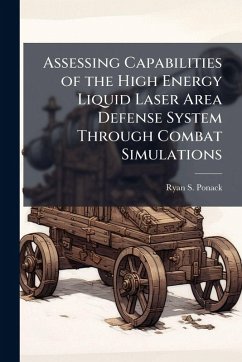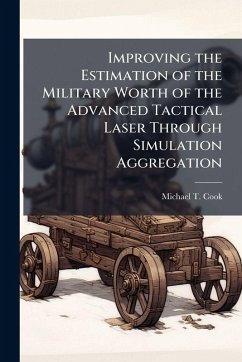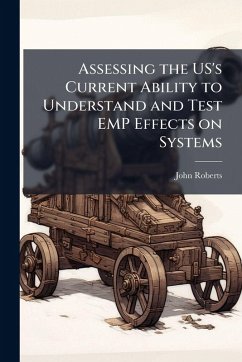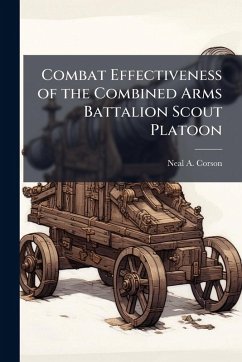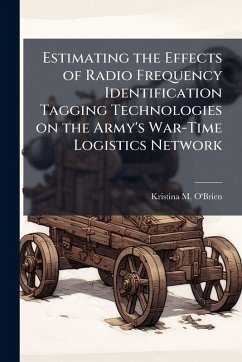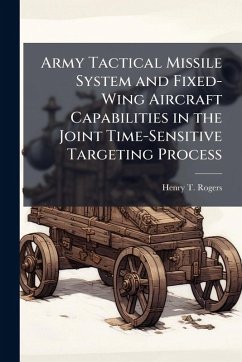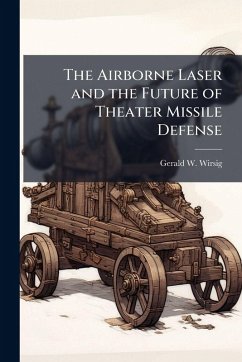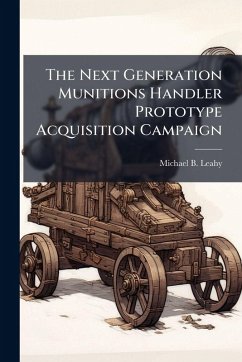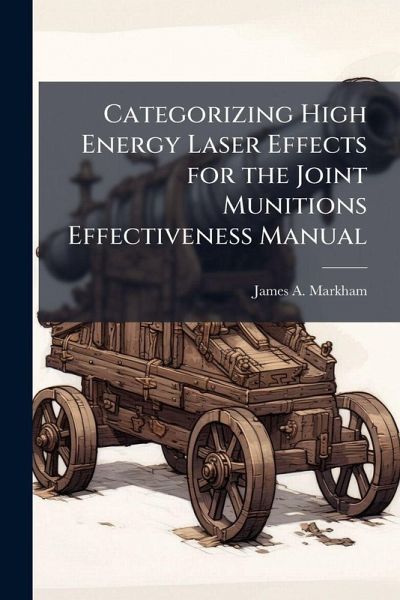
Categorizing High Energy Laser Effects for the Joint Munitions Effectiveness Manual
Versandkostenfrei!
Versandfertig in über 4 Wochen
17,99 €
inkl. MwSt.
Weitere Ausgaben:

PAYBACK Punkte
9 °P sammeln!
With the high risk and cost in fielding High Energy Laser (HEL) weapon systems, the development process must include computer simulation models of weapon system performance from the engineering level up to predicting the military worth of employing specific systems in a combat scenario. This research effort focuses on defining how to measure lethality for HEL weapons in an Advanced Tactical Laser (ATL) scenario. In order to create an effective measure for direct comparison between the emerging laser weapon system and existing conventionally delivered weapons, lase time in seconds is presented ...
With the high risk and cost in fielding High Energy Laser (HEL) weapon systems, the development process must include computer simulation models of weapon system performance from the engineering level up to predicting the military worth of employing specific systems in a combat scenario. This research effort focuses on defining how to measure lethality for HEL weapons in an Advanced Tactical Laser (ATL) scenario. In order to create an effective measure for direct comparison between the emerging laser weapon system and existing conventionally delivered weapons, lase time in seconds is presented as a measure comparable to rounds required to cause the desired effect at the target. An examination of input parameters which influence the output power of the laser at the target and thus the required lase time is presented with particular attention being paid to atmospheric conditions and vulnerable bucket size. This work has been selected by scholars as being culturally important, and is part of the knowledge base of civilization as we know it. This work was reproduced from the original artifact, and remains as true to the original work as possible. Therefore, you will see the original copyright references, library stamps (as most of these works have been housed in our most important libraries around the world), and other notations in the work. This work is in the public domain in the United States of America, and possibly other nations. Within the United States, you may freely copy and distribute this work, as no entity (individual or corporate) has a copyright on the body of the work. As a reproduction of a historical artifact, this work may contain missing or blurred pages, poor pictures, errant marks, etc. Scholars believe, and we concur, that this work is important enough to be preserved, reproduced, and made generally available to the public. We appreciate your support of the preservation process, and thank you for being an important part of keeping this knowledge alive and relevant.



